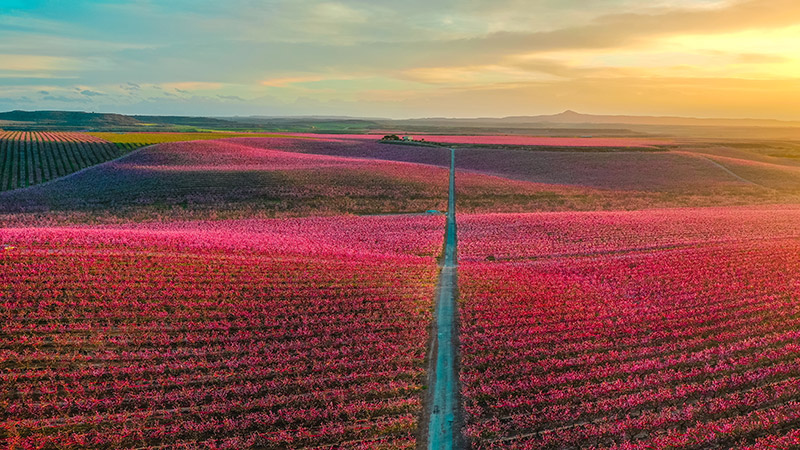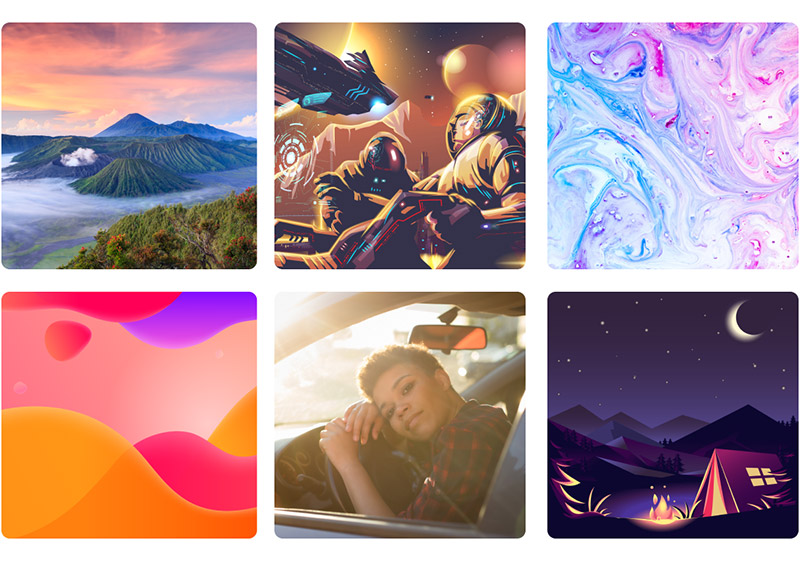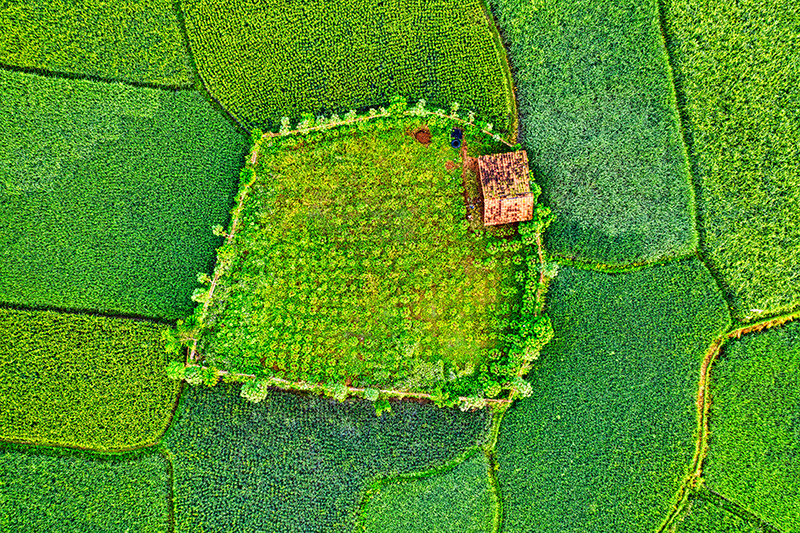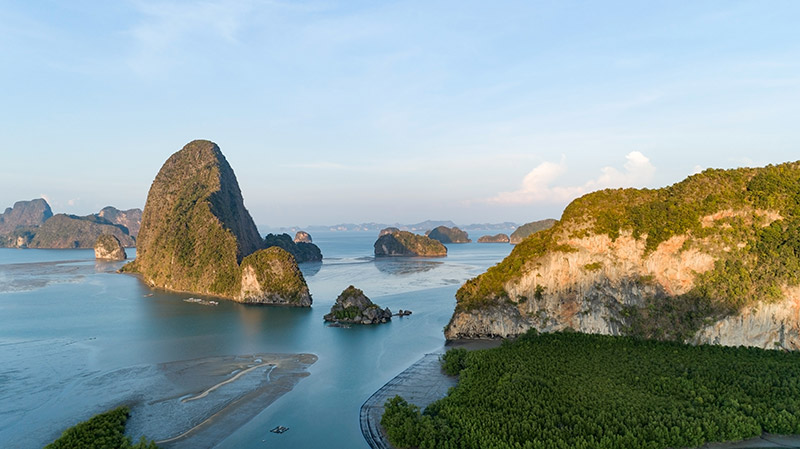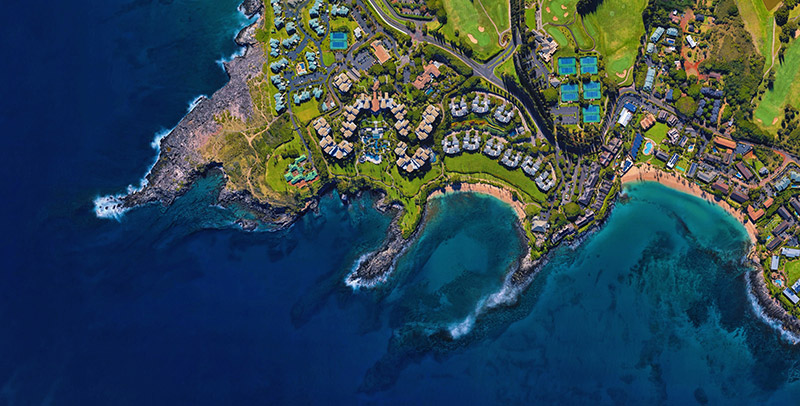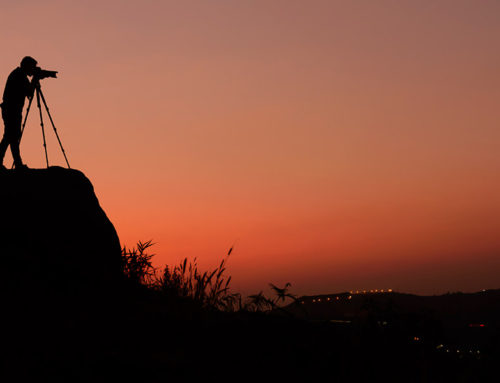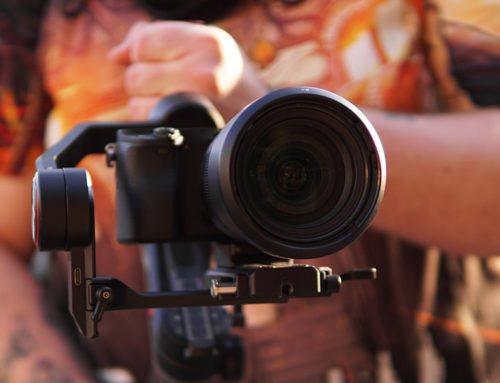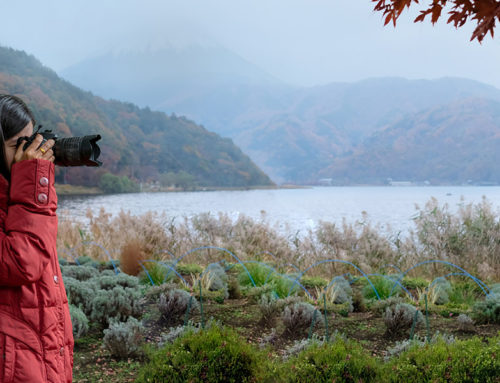If you’re looking for ways to improve the creativity of your photos and videos, getting a drone may be the perfect option. With the help of a drone, you can capture angles and perspectives that result in attention-grabbing images and footage.
Drones have become increasingly popular in recent years, and it’s easy to see why. They’re affordable, anyone can fly them, they open up all kinds of creative possibilities, and they’re fun! But there are still some things that beginners should know about drone photos and videos before they start flying. So check out this beginner’s guide to learn all the basics.
Following the Regulations
Before you start flying your drone, it’s critical to know and understand the laws and regulations related to unmanned aerial vehicles (UAVs). The rules vary depending on your country, state, and local jurisdiction. Be sure to familiarize yourself with the regulations that apply to you and the location you want to shoot. To get started, UAV Coach has a helpful guide of drone laws by state and country.
Some general rules to follow include:
- Keep your drone in your line of sight at all times.
- Don’t fly near airports.
- Don’t take off or land on private property without permission.
- Respect people and their privacy.
If you’re unsure about how these rules apply to you, always err on the side of caution.
Note: The US requires drones to be registered with the Federal Aviation Administration (FAA).
The Challenges of Drone Photography
While drones open up many creative possibilities, you’ll need to overcome specific challenges if you want high-quality photos and videos.
Get millions of stock images and videos at the best price
Unlimited access. No attribution required. Starts at just $9/month.
1. The Learning Curve
Flying a drone can be challenging when you’re first getting started. Before you can take amazing photos and video footage, you’ll need to master the art of flying the drone. Practice flying your drone as much as possible and read the manual to learn the details of your specific model and how it functions. With some patience to practice and learn the ins and outs of your drone, you’ll be able to overcome the learning curve.
2. Weather
Weather conditions can also have a huge impact. Drones can’t fly in high winds, so you’ll want to avoid taking it out in windy conditions. Even moderate winds and cold temperatures have a negative impact by draining the battery. And rain causes significant problems since drones are not waterproof. So as you can see, there are a lot of potential issues related to weather.
Before heading out, be sure to check the forecast. Keep an eye on weather updates periodically, so you’re not caught off-guard.
3. Composition
Taking photos or footage with a UAV is much different than shooting from ground level. Of course, composition rules and principles like the rule of thirds still apply, but it becomes more challenging when you’re looking at things from a completely different perspective.
Again, the best way to overcome this challenge is with practice. Experiment with different techniques and approaches to see what you like and what you don’t. It’s also a good idea to browse many aerial photos online to get ideas and inspiration.
Here at Vecteezy, we offer thousands of aerial photos and aerial videos. You can browse them for inspiration and download any that you like. If you’re logged in to a Vecteezy account, you can also create collections to save your favorites.
4. Image Quality
Drone cameras, especially entry-level models, are often not as advanced as modern DSLRs or mirrorless cameras. As a result, the resolution (number of megapixels) may be more limited, and the quality of photos may not be quite as high.
Don’t let this discourage you, though, because today’s drones can still take excellent photos, and the quality is constantly increasing. But you may need to adjust your expectations if you’re used to working with a high-end camera.
5. Preparation
Shooting with a drone requires some extra preparation and organization. You’ll need to be sure to have a fully charged battery, an extra battery in case you need it, propeller guards, spare propellers in case one breaks, and additional memory cards.
Most drone batteries don’t last very long, so if you’re not prepared with a fully charged battery (and ideally a backup or two), your flight will be short.
If you’re shooting video, you’ll need a lot of space on memory cards. So be sure you have plenty of space or an extra card to use once you run out of space.
Choosing Your Location
Choosing the right location is a big part of success with aerial photography and video. Of course, first, you should consider the regulations of the area. Be sure that you’re allowed to operate a drone in any location before flying.
Next, you’ll want to think about elements that tend to produce excellent aerial images and footage. Patterns, shapes, textures, shadows, and leading lines are all effective for creating intriguing compositions.
For example, patterned fields look great from the sky. Mountains and coastlines are magnificent as well. However, be sure to also consider any potential obstructions you might encounter. For instance, power lines may be difficult to avoid when flying above a city.
Photographing from the sky will give you a much different perspective than you would get by shooting from the ground. You’ll need to adjust your thinking to that perspective when you’re deciding where to shoot.
Google Earth and the satellite view of Google Maps can help for scouting and researching potential locations.
Related: 9 Types of Stock Photos That Sell
Post Processing
Like other digital photos and videos, your aerial shots will need post processing or photo editing to look their best. Shooting photos in RAW format (instead of JPG) is ideal if your drone provides this option. RAW files give you more flexibility for post processing, but they also require a little more work.
With some post processing, you’ll be able to adjust contrast, enhance colors, improve sharpness, reduce digital noise, and more.
You can use Lightroom, Photoshop, or whatever program or app you prefer for post processing. See our Lightroom vs. Photoshop comparison if you’re trying to decide which is right for you.
Final Thoughts
Drones allow you to come away with photos and video footage that would otherwise be difficult or impossible. With models available in a wide variety of price ranges, anyone can get started. We encourage you to consider this option for pushing the creative boundaries. It will take some practice and patience to master the art of aerial photography and video, but you’ll enjoy the process and love the results.
Lead image by sirejaruttakul130139.

